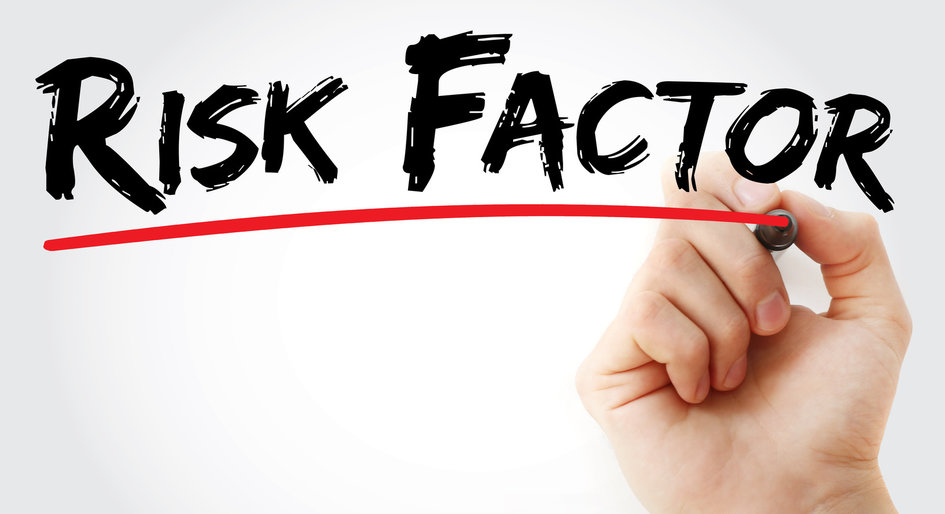Commercial real estate loan books are coming under banking regulator scrutiny in the United States. Through a recent stress testing exercise, the U.S. Federal Reserve determined that potential losses on CRE loans pose the second highest risk for lenders after credit cards. Under the envisioned extreme scenario of a 40 per cent decline in asset value coupled with a significant rise in vacancies, projected losses in the office sector would be roughly three times greater than those realized during the global financial crisis.
Nevertheless, follow-up commentary from the credit rating service, DBRS Morningstar, highlights the positive indicators of banking stability and continued availability of capital. “We do take comfort that the banks were able to absorb the losses resulting from a severe stress scenario and that, in general, banks have lowered their exposure to CRE loans post financial crisis,” it states.
The stress test revealed potential for average loss equivalent to 9.8 per cent of CRE loan value across 15 publicly traded U.S. banks, ranging from a high of 16 per cent for Goldman Sachs to a low of 3.9 per cent for JP Morgan Chase. DBRS Morningstar confirms that the ratings trend is stable for 14 of the 15 with only M&T Bank Corporation — currently rated A (high) — deemed to be trending negatively.
Among the seven foreign-owned U.S. banks in the stress test, potential losses of CRE loan value were pegged at 10.3 per cent for RBC USA, 8.3 per cent for BMO and 7.5 per cent for TD Group. The group’s average loss was projected at 7.6 per cent of CRE loan portfolios, ranging from a high of 11. 2 per cent for DB USA and a low of 3.4 per cent for Barclays US.
The DBRS Morningstar commentary notes that CRE loan books vary, reflecting different asset mixes, underwriting nuances and the banks’ internal approach of stress testing. Collectively, the banks subjected to the Fed’s stress test hold about 20 per cent of current loans on downtown office and commercial properties in the United States, and all of them cleared the required threshold.
“The focus on CRE shows that while large banks would experience heavy losses in this hypothetical scenario, they would still be able to continue lending,” it states. “These banks generally have well-diversified business models that are not overly reliant on CRE, resulting in more resilient earnings in times of stress.”








